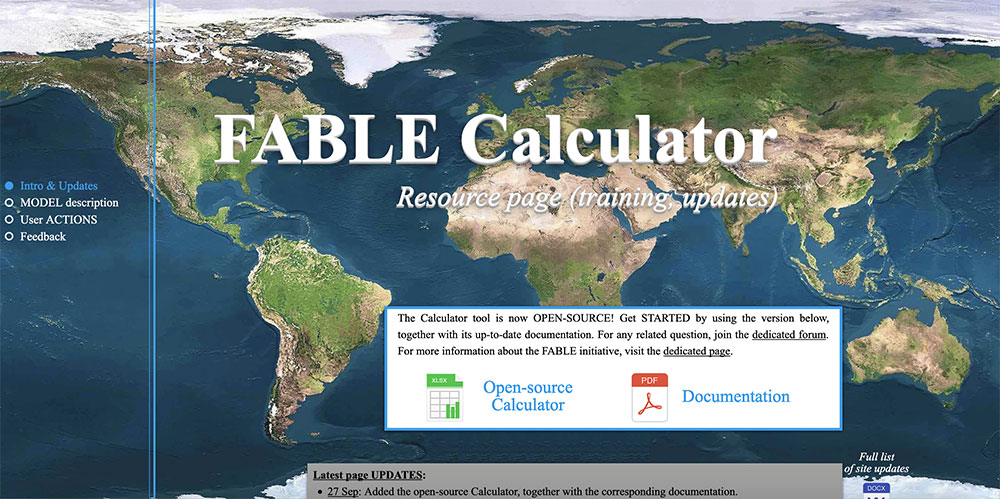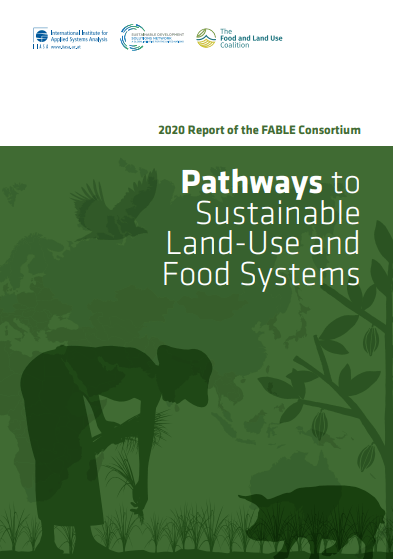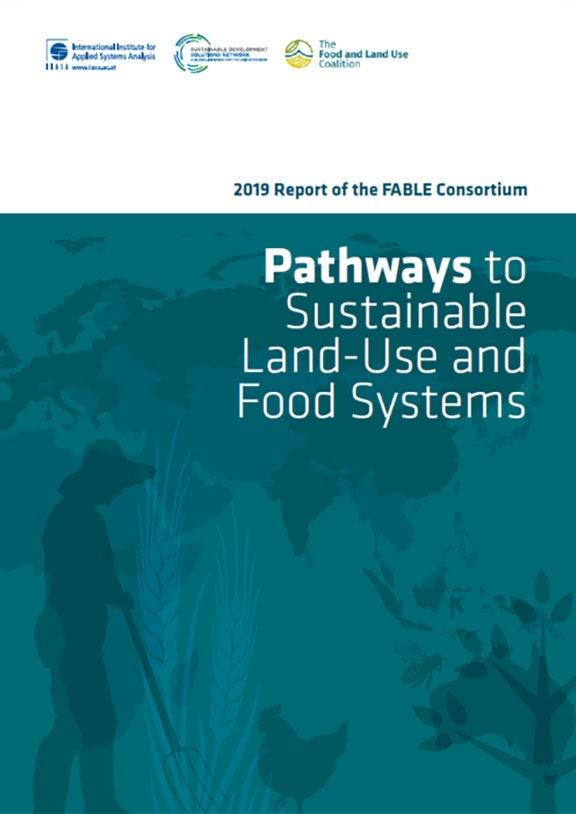Food and land use context in Germany
Germany has the largest population and economy in the European Union. Within its 357 thousand square meters, it is endowed with a variety of landscapes, such as mountains, lowlands, wetlands and wide plains crossed by the Danube, Elbe, and Rhine rivers. Germany also counts rich mineral resources as well as timber from its large forests which cover 32% of the land. With a temperate climate, Germany is ideal for agriculture, devoting half its land to this sector that contributes to less than 1% of GDP. The production is diverse: cereals, sugar beets, fruits, vegetables, livestock, vineyards, etc., which are produced in different regions. Germany counts 16 national parks, over a hundred nature parks, as well as biosphere reserves. Biodiversity loss in Germany is due to intensive farming and forestry, pollutants, and land fragmentation, while climate change also impacts the local fauna and flora to some extent.
Food and land use context in Germany
Participating institution: University of Hamburg (UHH)
Team members: Livia Rasche (UHH), Uwe A. Schneider (UHH), Jan Steinhauser
News and resources: EGU 2020: A presentation on preliminary (pre-scenathon) results and an intro to FABLE in general













